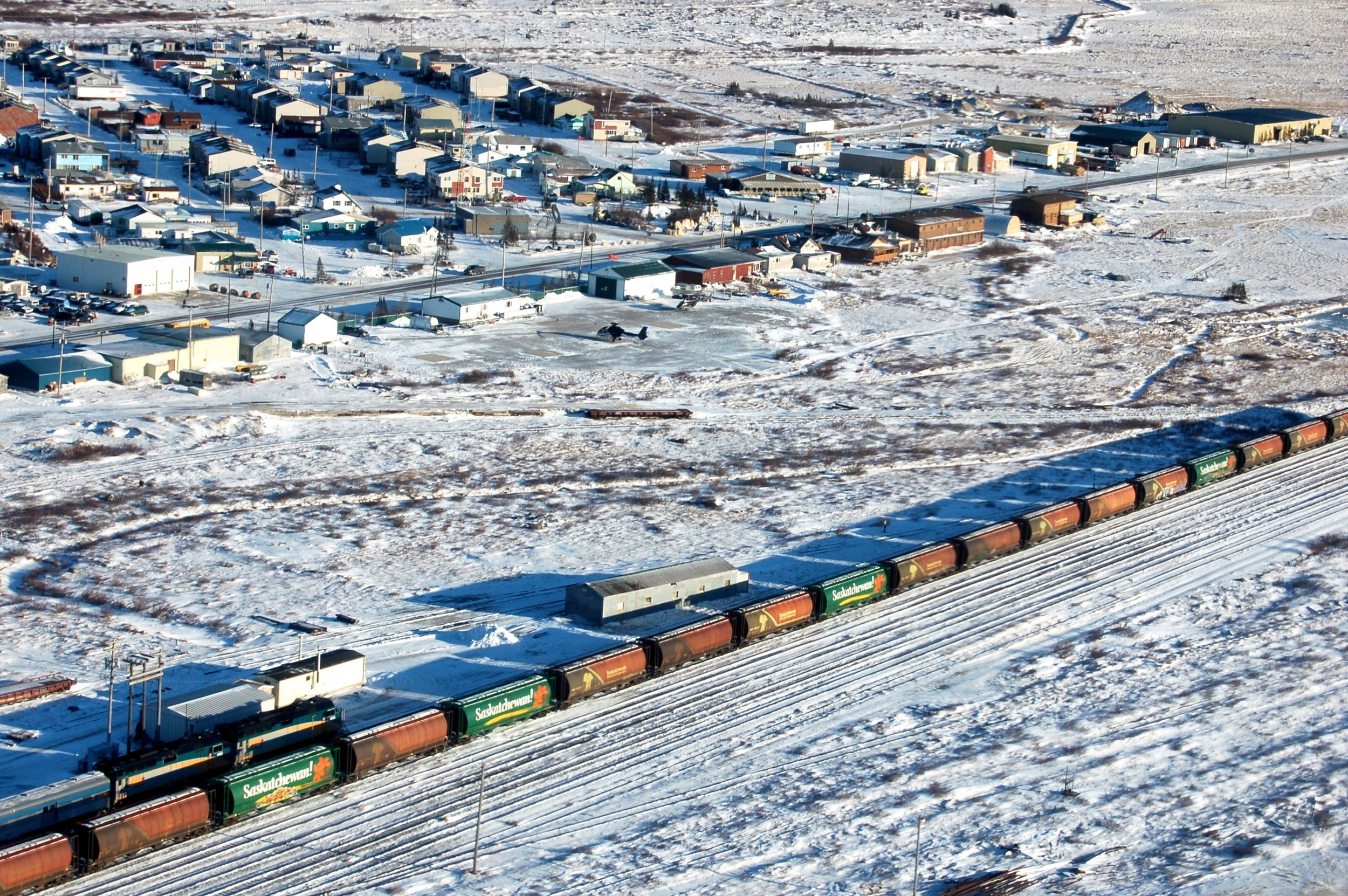A Brief History of Churchill
The Polar Bear Capital of the World has a rich history of human and wildlife interaction
Wildlife has always been the motivating factor for human habitation in the subarctic regions of Northern Manitoba. The ancestors of today's Inuit peoples have been thriving in this beautiful but challenging environment for over a thousand years, and the archaeological record of human activity dates back even earlier still. The primary motivation for occupation was based around seasonal hunting of caribou and ringed seals, and the food and trade opportunities they provided. In fact, the Inuit established trading networks between their people and the Cree and Dene long before the Hudson’s Bay Company was founded.
Early European exploration of the region was primarily for the purposes of searching for a northern trading passage to East Asia. The Virginia Company and the British East India Company, sensing the financial and political leverage of a potential trade route, funded Henry Hudson's 1610 expedition. While he never found the fabled passage, the Hudson's Bay Company was established in 1670 to capitalize on the fur trade. Their original headquarters were established in York Factory, only a short distance from modern day Churchill.
The lucrative fur trade necessitated the construction of fortified structures, and the Hudson’s Bay Company established the Fort Prince of Whales, at the mouth of the Churchill river, in 1731. However, soon afterward the French government launched three warships to the Hudson Bay to disrupt the activities of the Hudson’s Bay Company. The Fort was peacefully surrendered to the French, who destroyed much of the works. The ruins of the Fort are still present, and in 1920 they were designated as a National Historic Site of Canada.
In 1929 the Hudson's Bay Railroad was completed, and enabled the founding of Churchill as an Artic Seaport. The port is used primarily for grain shipments and continues to operate today. And for those interested in taking the scenic route, there are two VIA Rail passenger trains a week each way between Winnipeg and Churchill, taking about 45 hours per trip.
As with early European settlers to the region, the strategic importance of the isolated area resulted in more modern fortifications. The United States military founded Fort Churchill in 1942 as an air force base intended to provide a route to support military actions in Europe. The base was closed in 1980, however several structures can still be observed on the former site. Scientific studies have also found a home in Churchill. The Churchill Rocket Research Range was constructed in the 1950’s, and allowed for scientific experiments to be conducted in relation to the study of the upper atmosphere.
Many of the structures which supported the variety of industrial, military and commercial ventures are still visible, the 900 residents of the Town of Churchill are more likely to find employment in the ecotourism industry. Summer beluga whale watching, fall polar bear expeditions and winter northern lights tours provide for truly authentic experiences for those travelers willing to seek an adventure in Northern Manitoba.
About Gold Star Canadian Tours
We are focused on providing convenient travel experiences of authentically Canadian destinations. Our flagship tour is a convenient 1-day Polar Bear Expedition with dedicated non-stop charter flights from major airports directly to Churchill, Manitoba. With Gold Star Canadian Tours, the wonders of the Arctic are closer than ever. Your Adventure Awaits!

